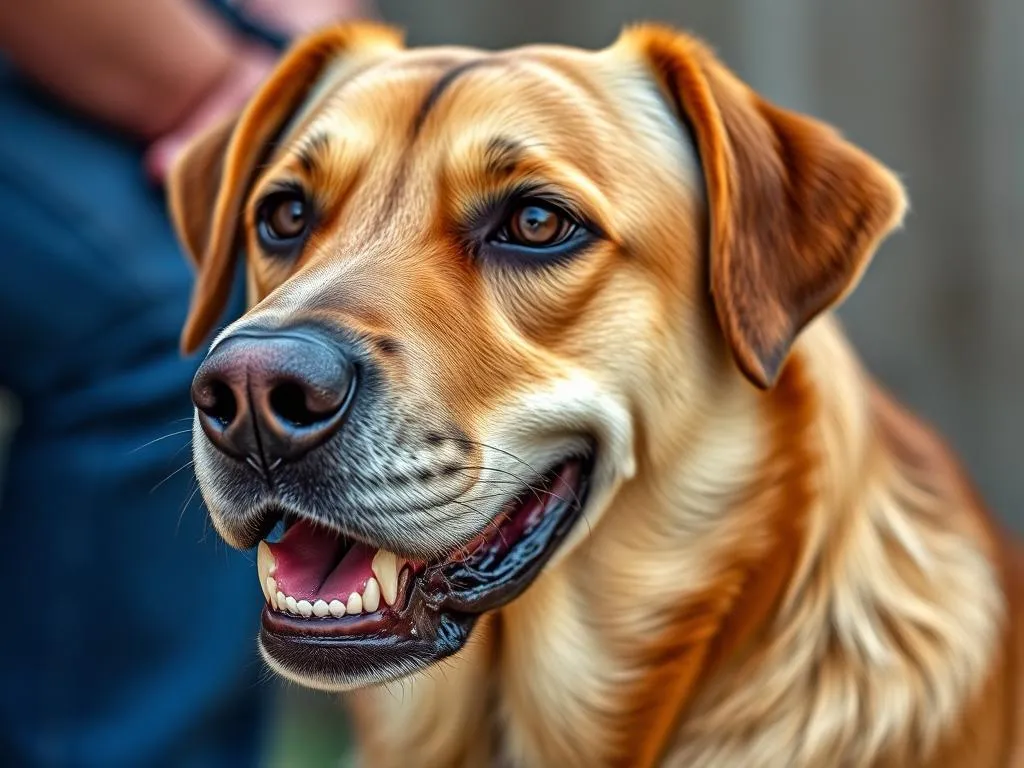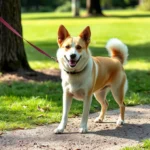
Introduction
The Canine Good Citizen (CGC) program is a widely recognized initiative designed to promote responsible pet ownership and enhance the bond between dogs and their owners. The importance of this program cannot be overstated, as it not only helps improve a dog’s behavior but also fosters a positive image of dogs in the community. For dog owners, trainers, and potential CGC test takers, understanding the canine good citizen requirements is essential for achieving this valuable certification.
Having a CGC-certified dog brings numerous benefits, including improved behavior, community acceptance, and an overall enhanced relationship between the dog and its owner. This article provides a detailed overview of the CGC requirements, ensuring that you have all the information needed to prepare for the test.
Understanding the Canine Good Citizen Program
History of the CGC Program
The CGC program was introduced by the American Kennel Club (AKC) in 1989 as a way to promote the importance of good manners in dogs. Since its inception, the program has evolved to include various training methods and testing criteria, reflecting the changing landscape of dog training and ownership.
Overview of the Program
The primary goal of the CGC program is to ensure that dogs are well-behaved companions in various social settings. The AKC plays a crucial role in administering the program, setting the standards for training, testing, and certification. Through this initiative, dog owners and trainers are encouraged to focus on the essential skills that contribute to a well-mannered dog.
Requirements for Canine Good Citizen Certification
Prerequisites
Before your dog can take the CGC test, certain prerequisites must be met:
- Age Requirements: Dogs must be at least six months old to participate in the CGC program.
- Health Considerations: Dogs should be up-to-date on vaccinations and in good health. A calm temperament is also essential, as the test evaluates the dog’s behavior under various circumstances.
The 10 Test Items
The CGC certification consists of ten specific tests that assess a dog’s behavior and training. Here is a closer look at each test item:
- Accepting a Friendly Stranger: Your dog should show a friendly disposition toward a stranger. Evaluators look for calmness and willingness to interact.
- Sitting Politely for Petting: The dog must remain still while being petted by a friendly stranger, demonstrating good manners.
- Appearance and Grooming: Dogs should be comfortable with basic grooming practices, such as handling their ears, paws, and mouth.
- Out for a Walk (Loose Leash Walking): This test evaluates the dog’s ability to walk on a leash without pulling. Proper technique and control are important.
- Walking Through a Crowd: The dog must navigate through a group of people while remaining calm and focused, showcasing socialization skills.
- Sit and Down on Command and Staying in Place: Your dog should respond promptly to “sit” and “down” commands and be able to stay in place while you move away.
- Coming When Called: A reliable recall is essential, demonstrating that your dog will return to you when called.
- Reaction to Another Dog: The dog should display polite behavior when encountering another dog, showing that it can interact appropriately in a social environment.
- Reaction to Distractions: This test assesses how your dog handles various distractions, such as noise or movement, while maintaining composure.
- Supervised Separation: Your dog must be able to stay calm and patient when separated from you for a short period, demonstrating trust and training.
Preparing for the CGC Test
Training Techniques
To ensure your dog is ready for the CGC test, employing effective training techniques is vital. Positive reinforcement is one of the most successful methods, rewarding your dog for desired behaviors. Consistency in training is also key; practice regularly to reinforce good habits.
You can choose between self-training or hiring a professional trainer, depending on your comfort level and experience. Professional trainers can offer tailored advice and strategies, while self-training can be more flexible and cost-effective.
Practice Scenarios
Simulating test conditions at home can help your dog become more accustomed to the CGC test environment. Set up practice scenarios that mimic the tests, such as greeting a friend as if they were a stranger or practicing loose leash walking in busy areas.
Engaging with your community is also beneficial. Take your dog to local parks or pet-friendly events to expose them to various distractions and social situations. The more experiences your dog has, the better prepared they will be for the CGC test.
Common Mistakes to Avoid
Training for the CGC can be challenging, and several common mistakes can hinder your progress:
- Inconsistency in Training: Ensure that everyone in your household is on the same page regarding commands and training techniques.
- Neglecting Socialization: Failing to expose your dog to different environments and people can lead to anxiety during the test.
- Underestimating Distractions: Dogs may become overwhelmed by distractions if they are not adequately prepared. Gradually increase exposure to various stimuli.
By addressing these pitfalls and being mindful of your dog’s anxiety, you can create a more conducive training environment.
The CGC Testing Process
Finding a Testing Location
To take the CGC test, you will need to find an official testing site. The AKC website provides a list of certified evaluators and testing locations across the country. Be sure to check for any fees associated with the test and familiarize yourself with the testing schedule.
What to Expect on Test Day
Preparing your dog for the test environment is crucial. On test day, ensure that your dog is well-rested and comfortable. Bring essential items such as a leash, collar, and water for your dog. Familiarize yourself with the testing process so you know what to expect.
Evaluator Insights
During the test, evaluators are looking for calmness, focus, and overall good behavior from your dog. Building rapport with the evaluator can help ease any nerves for both you and your dog. Approach the test with a positive attitude, as this can influence your dog’s performance.
Post-Certification Benefits
Advantages of Having a CGC
Achieving CGC certification offers numerous advantages, including:
- Community Recognition: A CGC-certified dog is often viewed more favorably in public spaces, leading to greater acceptance in community settings.
- Discounts and Benefits: Some pet insurance companies and training facilities offer discounts for CGC-certified dogs, providing added value for your investment in training.
Continuing Education and Training
Even after obtaining CGC certification, ongoing training and socialization are essential. Consider enrolling in advanced training programs, such as CGC Advanced or Therapy Dog Training, to further enhance your dog’s skills and capabilities.
Frequently Asked Questions (FAQs)
- What if my dog doesn’t pass the CGC test?: If your dog doesn’t pass, you can work on the areas that need improvement and retake the test at a later date.
- How often can a dog retake the CGC test?: There are no restrictions on how often you can retake the test, but it’s advisable to allow time for training improvements.
- Are there breed restrictions for CGC certification?: No, all breeds and mixed-breed dogs are welcome to participate in the CGC program.
- Can mixed-breed dogs participate in the CGC program?: Yes, mixed-breed dogs are eligible to take the CGC test and receive certification.
Conclusion
The canine good citizen requirements provide a structured approach to training and assessing your dog’s behavior. Understanding and preparing for the CGC program is beneficial for both you and your dog, leading to a more harmonious relationship and greater acceptance in the community.
By pursuing CGC certification, you are investing in your dog’s future and enhancing their ability to navigate various social situations successfully. Start training your dog today, and enjoy the journey toward becoming a proud owner of a Canine Good Citizen.









